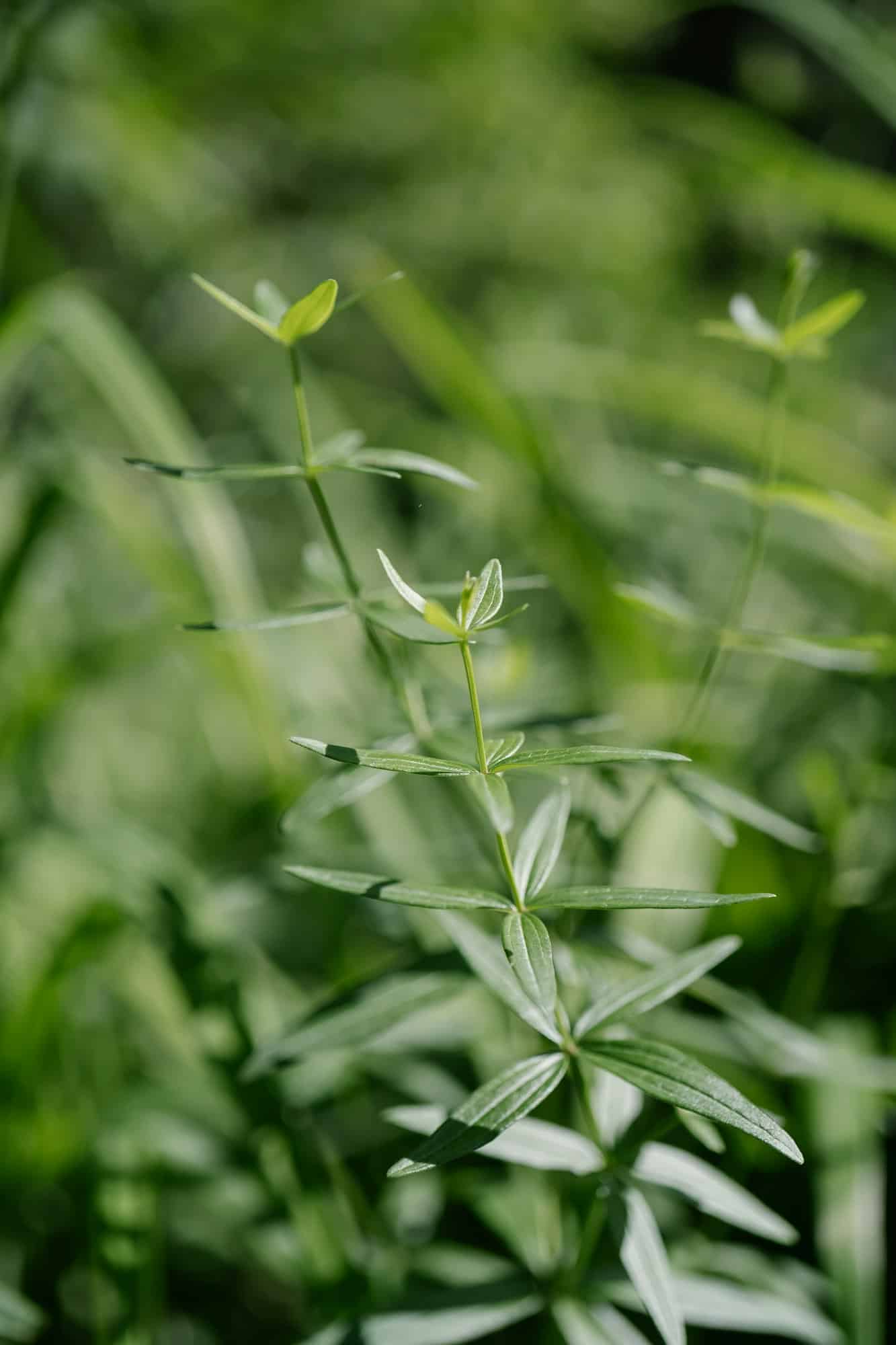What tips do you have for photographing the Northern Lights in Scotland?

If you've ever been fortunate enough to witness the Northern Lights, or Aurora Borealis as it's scientifically known, you'll know it's one of nature's most awe-inspiring spectacles. The interplay of colors, the ethereal glow, and the sheer grandeur of the phenomenon have left many a spectator spellbound.
But capturing this ethereal beauty on camera is not quite as easy as it might seem. This article will guide you through the process, revealing the best tips and techniques to photograph the Northern Lights in Scotland effectively.
A découvrir également : How to find specialized birdwatching tours in the Shetland Islands?
Understanding the Northern Lights
First things first, let's take a moment to understand what exactly the Northern Lights are. The Aurora Borealis, named after the Roman Goddess of dawn, is a natural light display primarily visible in high latitude areas such as Scotland. It's caused by the interaction of charged particles from the sun with atoms in the Earth's atmosphere, resulting in the breathtaking cascade of lights that we've all come to admire.
The Right Equipment
When it comes to photographing the Northern Lights, having the right equipment is crucial. Here's what you'll need:
Lire également : Is there a guide to finding hidden art galleries in Birmingham?
- A DSLR or Mirrorless Camera: These cameras allow you to adjust key settings such as ISO, shutter speed, and focus—more on these later.
- A Wide-Angle Lens: This will afford you a broader view of the sky, enabling you to capture more of the aurora.
- A Sturdy Tripod: Shooting in low light conditions means long exposure times, which in turn requires a stable platform to avoid blurry images.
- A Remote Shutter Release: This allows you to take shots without physically touching the camera, thus minimizing camera shake.
Mastering the Settings
Knowing how to adjust your camera settings is vital when photographing the Northern Lights. Here are the main settings you need to master:
- ISO: This controls your camera's sensitivity to light. Start at around 1600 and move upwards if needed. Be cautious though, as a higher ISO can result in more noise.
- Shutter Speed: To capture the movement of the lights, you'll need a longer shutter speed—try starting with 15 seconds and adjust as necessary.
- Aperture: Set your lens to its widest aperture (lowest f-number) to allow as much light in as possible.
- Focus: Autofocus struggles in low light, so set your lens to manual focus, and focus at infinity.
Timing and Location
Timing and location can be the make or break of a good Northern Lights photograph. In Scotland, the Northern Lights are most visible from late September to early April, with peak visibility between 6 pm and 4 am.
When choosing a location, seek out places away from city lights, as light pollution can significantly diminish the visibility of the aurora. The Scottish Highlands, particularly around the Moray Coast and the Isle of Skye, are reputed as some of the best places to see the Northern Lights in Scotland.
Techniques and Composition
When it comes to photographing the Northern Lights, a good composition can elevate your image from beautiful to truly extraordinary. Here are some techniques to consider:
- Foreground Interest: By including a striking foreground subject, such as a person, building, or tree, you add depth and context to your image.
- Rule of Thirds: This principle suggests dividing your frame into thirds and positioning your main subject along those lines or their intersections.
- Experiment with Long Exposures: Long exposures can create a stunning effect, with the lights appearing to stream across the sky.
Remember, while the above tips will provide a solid foundation, your creativity and experimentation will ultimately lead to the most impressive results. Whether it's your first attempt or you're a seasoned veteran, photographing the Northern Lights is always a thrilling experience. Keep practicing, keep experimenting, and most importantly, enjoy the process!
Navigating the Weather and Lunar Phases
Photographing the Northern Lights in Scotland involves an additional challenge: unpredictable weather. Scotland's notoriously changeable climate can make it tough to get the perfect shot, but it is in overcoming these obstacles that you can capture the most memorable images.
It's crucial to monitor the weather forecast closely when planning your Northern Lights photography session. Clear skies are optimal for viewing and photographing the aurora borealis. While clouds may occasionally offer a dramatic backdrop, they often obscure the lights and make photography difficult. Websites and apps specifically designed to predict aurora activity, such as the Aurora Forecast application, can provide valuable guidance.
Equally important to consider are the phases of the moon. The ideal conditions for Northern Lights photography occur during a new moon when the sky is darkest. The brightness of a full moon, while illuminating the landscape, can significantly reduce the visibility of the aurora.
Cold weather can also play havoc with your camera gear. Batteries drain faster in low temperatures, so carrying spare ones is essential. It's also worth investing in a good quality bag to protect your equipment from the elements.
In essence, you must be prepared to deal with all types of weather scenarios when photographing the Northern Lights. Understand and accept that, despite your best efforts, some nights will be a disappointment; but when everything aligns, the results will make all the challenges worthwhile.
Post-Processing Your Northern Lights Photos
Post-processing is an integral part of Northern Lights photography. It allows you to enhance the colors, correct the white balance, and bring out the details hidden in your raw images.
Start by importing your photos into a photo editing software like Adobe Lightroom or Photoshop. Adjust your white balance first. The Northern Lights often cast a vibrant green hue, but can also appear purple, red, or blue, depending on the type of gas particles involved and the altitude at which the interaction with solar particles occurs. Therefore, your white balance adjustment will vary based on the colors present in your image, but a good starting point is to set your white balance to "daylight."
After you've adjusted the white balance, you can tweak the contrast, saturation, and clarity to bring out the colors of the aurora. Be careful not to overdo it, though. The goal is to enhance the natural beauty of the Northern Lights, not to create an artificial appearance.
Noise reduction and sharpening are the final steps in the process. Shooting in high ISO to capture the Northern Lights can result in a noisy image. Most editing software has noise reduction features to help mitigate this. You can also use the sharpening tool to enhance the details of the image.
Remember, post-processing is a powerful tool, but it is not a substitute for getting the shot right in-camera. The better your original photograph, the less editing will be required and the more natural your final image will appear.
In Conclusion...
Photographing the Northern Lights is a challenging yet rewarding endeavor. It requires a deep understanding of your camera settings, the conditions necessary for capturing the aurora borealis, and the ability to navigate the unpredictable Scottish weather. However, with the right equipment, knowledge, and a touch of patience, you can create stunning images that truly do justice to this natural wonder.
Remember, your first attempt may not turn out exactly as you envision, and that's okay. Keep practicing, experimenting, and learning from your mistakes. Every failed shot brings you one step closer to capturing the perfect image of the Northern Lights. As with any form of photography, it's the journey rather than the destination that matters most.
In the end, while photographing the Northern Lights, remember to soak in the experience. Set your camera aside for a moment, look up at the night sky, and marvel at the spectacle. After all, witnessing the aurora borealis dancing across the Scottish sky is an experience you'll cherish for a lifetime!
